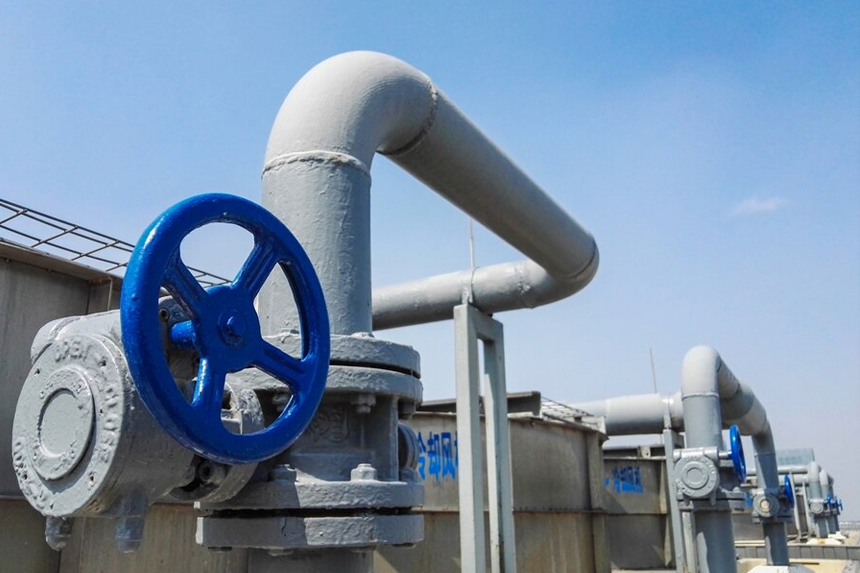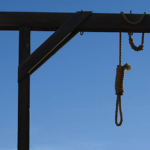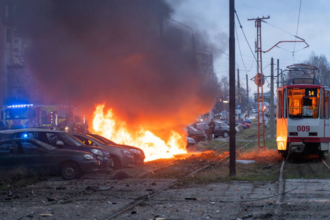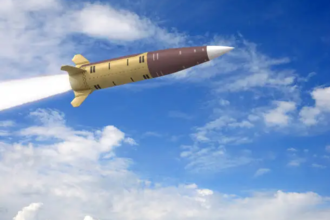After a five-year deal between Ukraine’s gas transit operator Naftogaz and Russia’s Gazprom expired, Russian gas shipments to European Union (EU) nations via Ukraine have stopped. As it represents the end of an era of cheap Russian gas flowing via Ukraine to several European countries for decades, this marks a turning point in the energy scene of the EU. The cessation of Russian gas transit emphasizes the developing EU energy problem and the changing dynamics of energy security inside Europe.
- Is the Gas System Resilient Enough in the EU to Deal with the Disruption?
- How will the loss of Russian gas transit affect Slovakia?
- Can Poland assist should Slovakia cut off power to Ukraine?
- How might Moldova handle the energy crisis?
- How is the EU moving toward other energy sources?
- What will the long-term effects of this energy transition be for the EU?
Is the Gas System Resilient Enough in the EU to Deal with the Disruption?
Reacting to the termination of Russian gas transit, the European Commission said that the EU’s energy infrastructure is “resilient and flexible” enough to withstand the disturbance. The Commission informed EU members that enough capacity exists to manage the lack of gas via Ukraine. Though this optimism exists, stopping these shipments has excellent strategic and symbolic ramifications for the EU energy crisis, not just logistical.
Through the TurkStream pipeline, which runs under the Black Sea, Russian gas can still be carried to Serbia, Turkey, and Hungary. However, stopping gas flow across Ukraine signifies a change from the area’s historical reliance on Russian energy sources. Given the EU’s continuous worries about energy security and the necessity to identify other sources to help offset the consequences of the crisis, this is especially important.
How will the loss of Russian gas transit affect Slovakia?
Among the EU members, Slovakia suffered the most from the stop of Russian gas flow. Even if the European Commission believes the impact would be negligible, Slovakia immediately suffers since the nation has been one of the main ports of Russian gas access into the EU. The country has also made significant money from its part in shipping Russian gas to Italy, Austria, and Hungary.
Still, the change in supply routes has put Slovakia in a vulnerable posture. Slovakia’s Prime Minister, Robert Fico, recently visited Moscow to meet Russian President Vladimir Putin. After these talks, Fico threatened to cut off Ukraine’s electrical supply, which sparked heated responses from Ukrainian authorities.
Zelensky, the President of Ukraine, denounced Fico’s behavior and charged him with supporting Russian interests. Emphasizing the risky consequences of such a move, Zelensky stated, “Fico is dragging Slovakia into Russia’s attempts to cause more suffering for Ukrainians.”
Can Poland assist should Slovakia cut off power to Ukraine?
Following Slovakia’s warning, Poland stood up to assist Ukraine should Slovakia cut off its electricity shipments. Targeted repeatedly by Russian assaults, Ukrainian power plants depend on these energy sources. The conflict between Slovakia and Ukraine fits a more general geopolitical fight since Russia’s actions still affect European politics and aggravate the EU energy situation.
How might Moldova handle the energy crisis?
Not an EU member, Moldova stands to suffer significantly from the end of Russian gas transportation. Russia’s gas has powered a crucial power plant, meeting most of Moldova’s electrical demand. The gas also made it to Transnistria, a breakaway territory sponsored by Russia between Moldova and Ukraine.
Although Constantin Borosan, the minister of energy for Moldova, admitted the seriousness of the matter, he reassured people that the government had taken steps to guarantee continuous electricity supply. Since mid-December, Moldova has had an energy sector state of emergency in place. Borosan, however, also advised people to save energy considering the current circumstances.
Maia Sandu, the President of Moldova, strongly denounced Russia’s activities, calling them “blackmail” meant to destabilize the nation before its 2025 general election. She also mentioned that although the future of energy stability in Moldova and Transnistria is unknown, Moldova has helped Transnistria. These incidents aggravate the area’s energy issues even more, intensifying the EU energy crisis.
How is the EU moving toward other energy sources?
Mainly since Russia’s full-scale invasion of Ukraine in 2022, the EU has been progressively depending less on Russian gas. The EU has diversified its energy supplies recently, significantly investing in liquefied natural gas (LNG) from nations including Qatar and the United States and boosting piped gas imports from Norway.
The European Commission revealed in December 2023 its backup plans to replace the gas passed via Ukraine. These proposals call for Greece, Turkey, and Romania to provide alternate gas supplies for impacted EU nations via the Trans-Balkan path. Norway will also keep giving gas via pipelines to Poland, and central European countries will gain from more supplies passing via Germany. This change is essential for solving the EU energy crisis and guaranteeing long-term energy security on the continent.
What will the long-term effects of this energy transition be for the EU?
Though the cessation of Russian gas transportation through Ukraine marks a significant change in Europe’s energy scene, the EU’s careful planning and diversification initiatives have positioned the area to overcome these obstacles. Russia has lost a sizable market, but President Vladimir Putin has said the EU will suffer the most.
Putin cautioned, realizing the loss of a significant economic alliance with the EU, “The European Union will suffer most.”
The long-term consequences of this energy shift are yet unknown as the EU adjusts to these developments. Still, the change away from Russian energy will likely have strategic, political, and financial effects on the continent. Still, the region’s resilience will be more strained in the following months and years as the EU energy crisis develops.








